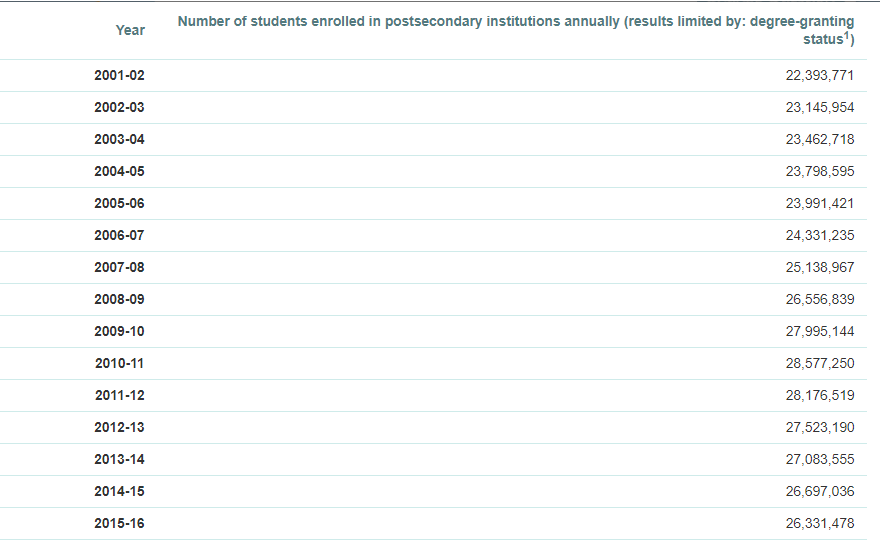Higher education loves to use acronyms and academic lingo in publications and on web sites - and to be fair, it’s useful. It saves time and takes up less space. FAFSA and CSS profiles; Title IV; PLUS loans; FERPA; FWS; LMS; VA; TOEFL; and PSB are common acronyms just to name a few. The list of abbreviations and terms specific to academia is long. In fact, there are numerous glossaries online to help parents and students decode them.
Acronyms and academic jargon have their place, but not on the front end; not when you are trying to get students in the door. There are lots of ways that colleges can declutter their public-facing web assets and printed collateral.
We suggest schools engage potential students with brief, direct, and meaningful language.
On websites, in emails, and in all marketing materials and student resources, it’s important to keep sentences clear and concise - and free of terms with which only college personnel are familiar.
Be Direct
Websites are the most cost effective way to engage with potential students. Don’t scare them with overwhelming, dense information and academic lingo. Instead, use inviting language to directly answer questions and to simplify steps to enrollment.
Pay close attention to your calls to action. A prominent apply now button is much better than a buried link to the admissions department. For example, a page titled Paying for College is more compelling than Financial Aid, and for a first-time student, easier to understand.
Cross-link
Use cross-linking to drive your potential students to where you want them to go. If your program titles are a little clunky, there is no reason you can’t guide your prospective students to where they need to be using layman's terms. Don’t assume potential students are familiar with every program your college offers. They may know the overarching category that sparks their interest, but may not know what the actual program is called or how to look for it.
For example, a potential student interested in sustainable resources might explore the science department, engineering department or any number of other paths online to find what they need. Put yourself in the shoes of potential students, and create multiple avenues to guide them to where they need to go.
Learn from the better-funded
Schools that are completely online or for-profit typically have much larger marketing budgets than traditional colleges and universities. Take some time to explore what they are doing and see how your college might implement similar strategies. For instance, look at the University of Phoenix. Paying for School is one of the top menu items, and a quick hover over the tab reveals simple text describing costs. The language is simple; the results are immediate.
Western Governors University touts themselves as being “student obsessed.” That’s not a phrase you’d find on most college websites, but it certainly gets the point across. It’s not academic jargon, and is easily understood. Prospective students will expect that they will have access to help when needed.
Remember, today’s prospective student pool is accustomed to instant access from anywhere, at anytime. Creating short, direct, appealing content in order to move students through your admissions process efficiently will resonate with students whose attention spans are constantly bombarded with any number of distractions. Continuously evaluating your web assets and promotional materials for clear and straightforward content will not only help potential students but will also help you to clarify your message.




